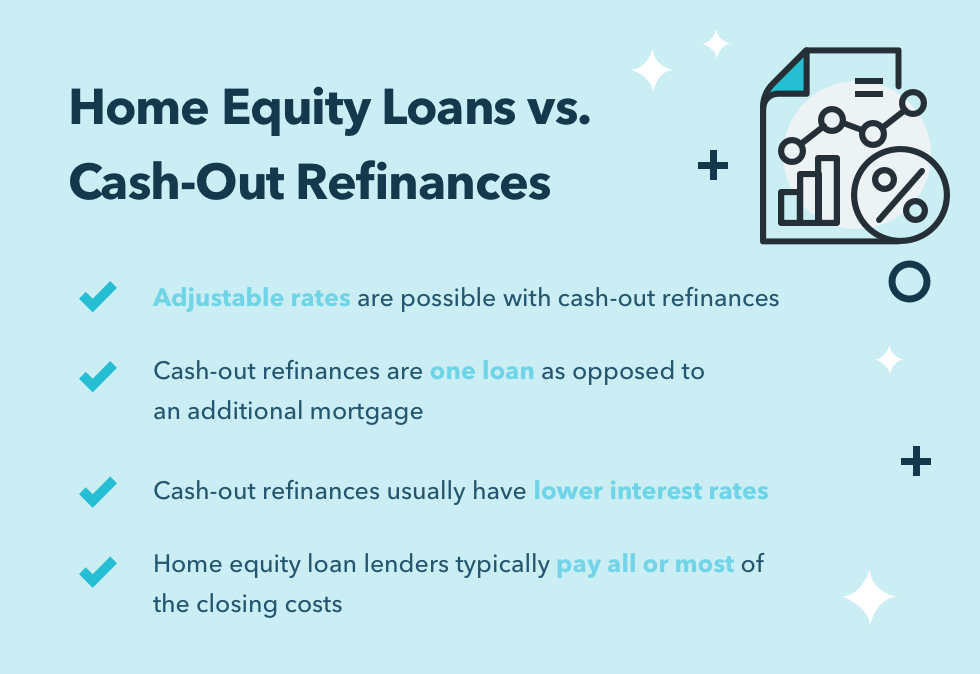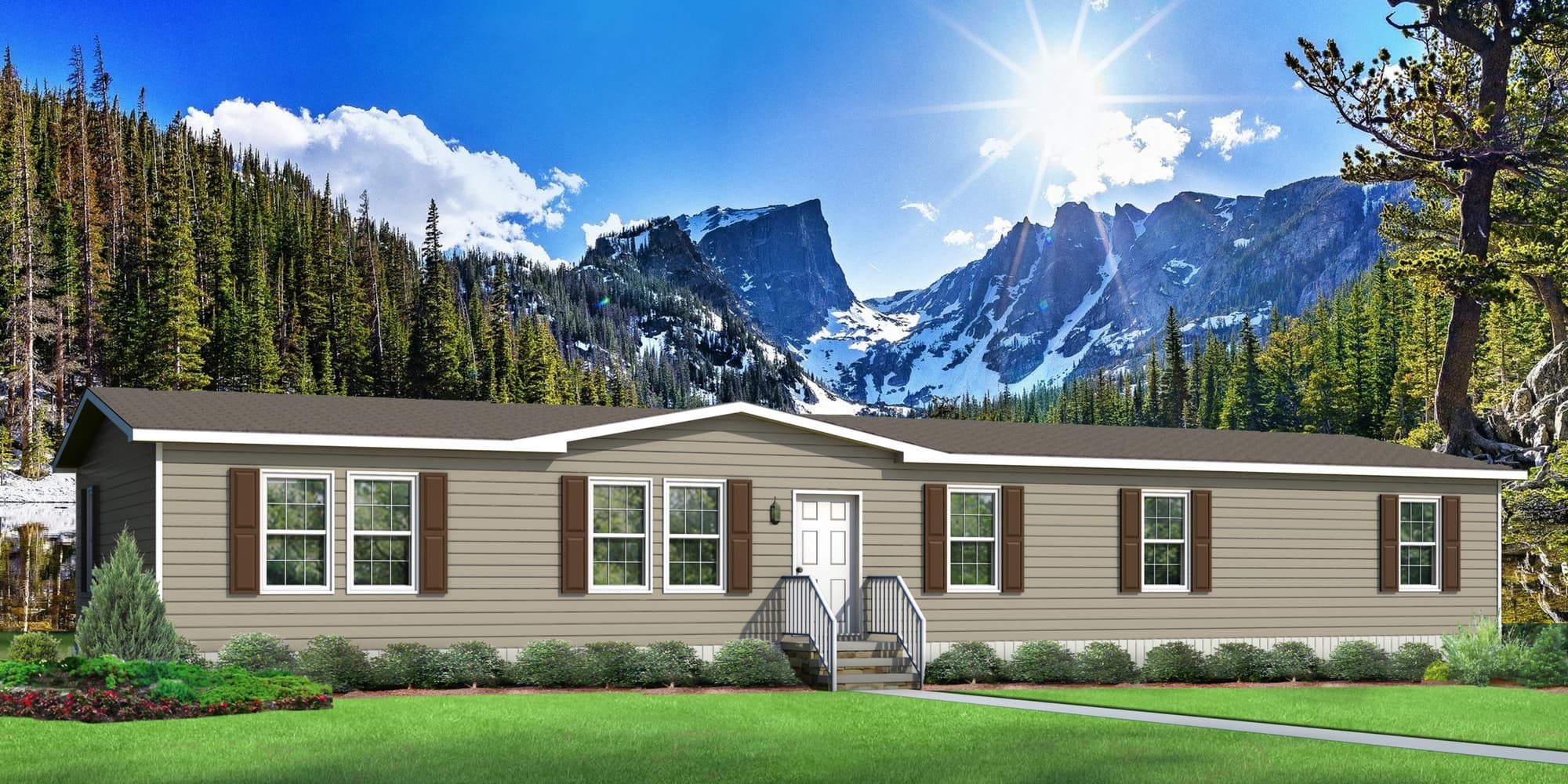
The margin is the difference between your interest rate and the index rate. 5/1 ARM mortgage rates are determined by the margin. While the index rate can fluctuate over the years, the margin is set at loan start and stays the same throughout the loan period. The interest rate you pay over the loan's term will be lower if the margin is less.
Fixed 15-year ARM vs. 5/1 ARM
The difference between the 15-year fixed rate and the 5/1 adjustable-rate mortgage rates (ARM), is something you need to be aware of when you're looking for a loan. While both types of mortgages are similar, there is a lot to be aware of. A 15-year fixed-rate mortgage with a fixed interest rate will have a fixed monthly cost for the duration of its term. An ARM, on the other hand, will adjust its interest rates based upon the mortgage document. This means that the payment is adjusted for any change in the index value. Fixed-rate mortgages can be more expensive over time because ARMs are shorter in term.
Mortgage rates for five-year adjustable mortgages are lower than those for 15 year fixed-rate loans. This is partly due to the fact the 5-year ARM's average interest rate has dropped since the mid 2000s. The average 5/1 ARM rate in 2006 was 6.8%. In 2010, that rate fell to 3.82%. The 15-year fixed rate mortgage now stands at 5.90%, with a 0.1 percent down payment. Contrast this, the 5/1ARM now stands at 5.90% with a 0.1% down payment.

Interest rate caps on 5/1ARMs
5/1 ARMs have interest rate caps that limit the amount the interest rate may rise over the loan term. The index, the interest rate for the first year and the margin are all affected by the caps. Sometimes, the caps will increase every year or twice a decade. They can also be increased every five years in some cases.
In some cases, the cap may not be applied to the initial interest rate. The introductory rate is lower than the fixed-rate mortgage rate. In many cases, introductory rates are a full percentage points lower than the rate that would apply at the conclusion of the five year fixed period. However, once the fixed-rate period is over, the interest rate may be much higher than the initial rate. Most ARMs are equipped with an interest cap, which prevents this from ever happening. It is either a permanent or periodic cap that limits the amount of interest rate increases over the life-of the loan.
In order to keep monthly payments affordable, interest rate caps on 5/1ARMs are key. The monthly payment increases if the interest rates are higher. Therefore, it is important to make sure that the interest rate caps are applicable for your situation.
Cost of 5/1 ARM loan
The potential consequences of taking out an ARM 5/1 loan should be considered. This type loan requires that you pay an interest rate that adjusts according to the market index. These mortgages also include caps that limit the amount of interest rate increases. The initial cap limits the rate at which the loan interest can increase for the first year. While the periodic cap limits the rate at which the loan will adjust, it is not possible to increase the rate by more than 10% per month.

A 5/1ARM loan typically has a low interest rate which makes it a great option for short-term home ownership. The rate is fixed for five years and then adjusts according to the current interest rate plus a margin. This type of mortgage is being phased out by financial institutions. The process started in the last year, and will continue until lenders stop offering this type of loan. Changes in financial indices are the reason for the phase-out.
FAQ
How much money can I get to buy my house?
It depends on many factors such as the condition of the home and how long it has been on the marketplace. Zillow.com says that the average selling cost for a US house is $203,000 This
How much does it cost for windows to be replaced?
Replacing windows costs between $1,500-$3,000 per window. The cost of replacing all your windows will vary depending upon the size, style and manufacturer of windows.
What are the benefits of a fixed-rate mortgage?
A fixed-rate mortgage locks in your interest rate for the term of the loan. This will ensure that there are no rising interest rates. Fixed-rate loans offer lower payments due to the fact that they're locked for a fixed term.
Statistics
- The FHA sets its desirable debt-to-income ratio at 43%. (fortunebuilders.com)
- Private mortgage insurance may be required for conventional loans when the borrower puts less than 20% down.4 FHA loans are mortgage loans issued by private lenders and backed by the federal government. (investopedia.com)
- This means that all of your housing-related expenses each month do not exceed 43% of your monthly income. (fortunebuilders.com)
- It's possible to get approved for an FHA loan with a credit score as low as 580 and a down payment of 3.5% or a credit score as low as 500 and a 10% down payment.5 Specialty mortgage loans are loans that don't fit into the conventional or FHA loan categories. (investopedia.com)
- This seems to be a more popular trend as the U.S. Census Bureau reports the homeownership rate was around 65% last year. (fortunebuilders.com)
External Links
How To
How to become an agent in real estate
An introductory course is the first step towards becoming a professional real estate agent. This will teach you everything you need to know about the industry.
Next you must pass a qualifying exam to test your knowledge. This involves studying for at least 2 hours per day over a period of 3 months.
This is the last step before you can take your final exam. You must score at least 80% in order to qualify as a real estate agent.
Once you have passed these tests, you are qualified to become a real estate agent.